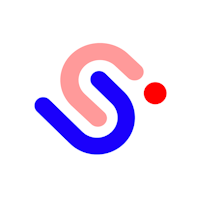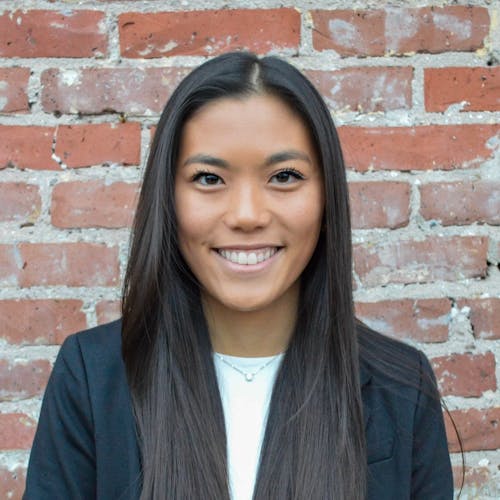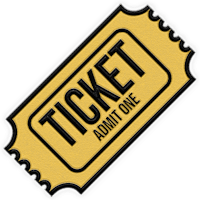Studio is a great tool for content creation. And while we are our biggest fans (Go Ceros!), we also recognize that there are lots of things Studio maybe technically can do, but probably shouldn’t.
We’d rather you use the Studio to the best of your advantage. To do that, we’ve put together a little guide on what does and doesn’t work in the platform.
Let’s start by looking at what doesn’t work in Studio — so you know early whether you should be using a different tool for your project.
Bad fits in Studio: Content that is…
Too long
On average, 75% of online readers drop off after two screenfuls of content.
Have a 30+ page PDF or PowerPoint that you want to bring into Studio? Before you start adding animations to long text boxes, ask yourself what you want to achieve by bringing all that content into the Studio. Animations alone don’t make content more engaging. If it’s a long, dry PDF, it’s not going to suddenly become more interesting in a digital format.
Best practices for long content: Use your source materials as a jumping-off point. Find the most interesting takeaways, and use them as the basis for a visually engaging experience. Get more advice on creating compelling teasers here.
Busy
Web users take an average of 50 milliseconds to form an opinion of your site.
Studio is an exciting tool, with lots of capabilities. Still, it’s best to be selective with what you choose to include in a single experience. Attention spans online are short, so the simpler your experience, and the more digestible, the better.
Best practice for busy content: Think back to your goal. What is your main objective? Ask yourself which elements are most likely to achieve that objective. Order them in terms of importance. Then drop the least important elements.
Multi, multi (multi) page
Studio works better as a design tool than a CMS. If what you’re planning is a microsite, with several pages, Studio might not be your best tool — especially if you are planning on making regular updates.
Wordy
Content with visuals gets twice the views.
Studio is an excellent design tool, and it works best as a means to enhance your visual storytelling. Laying out big blocks of text without any animations or interactions isn’t the best use of the tool.
Best practice for wordy content: Look for opportunities to break up your content, or to come up with a visual approach. Are there statistics? Subheads? These are good starting points for creating illustrative and interactive elements, like graphs, toggles, and carousels.
Other Considerations:
Calculators: Yes, with a little bit of SDK, you can build calculators in Studio. That said, simpler is better when it comes to building out this feature.
Filters: Studio cannot filter through large pools of data (for example, you can’t click on a checkbox, and serve a user a selection of items, a la Yelp!). That said, Studio does have a lot of capabilities that make it easy for users to select content by their interests: nav bars, carousels, tiles, and graphic icons. Selection systems can get too complex though. If your experience is dependent on a complex set of inputs to serve up info to your end-user, you might want to consider another tool.
Analytics: Our analytics dashboard can give you great insights into what users are clicking on. What we can’t do is tell you what an individual user clicked on, so any experiences that are dependent on sending custom content to a user based on what they clicked won’t work in the Studio. What you can do is embed a form that allows users to self-select areas of interest.
CTAs: CTAs, or calls-to-action, are a vital way to progress your user to a desired next step — whether that’s reaching out to one of your reps, or learning more about a tool or resource. Too many, however, can distract your user, and will usually result in them being less, not more engaged. Unless the sole and only purpose of your experience is education, we advise keeping outbound links to a minimum (two max). Read here for more best practices.
The good news is that there are lots that Studio can deliver. The best experiences use visuals to tell a story, so we recommend taking a visual-first (or, even better, an interactive-first) approach to the tool. Users who collaborate with their design team before coming up with the coy often get the most use out of Studio.
Some of the many things Studio does well
Some questions to ask yourself before picking a project
What is the main goal of my experience?
Is there a visual metaphor that could drive this experience?
Can this experience be trimmed or condensed to make a more compelling story?
Is there a simpler approach I could take to this experience?














